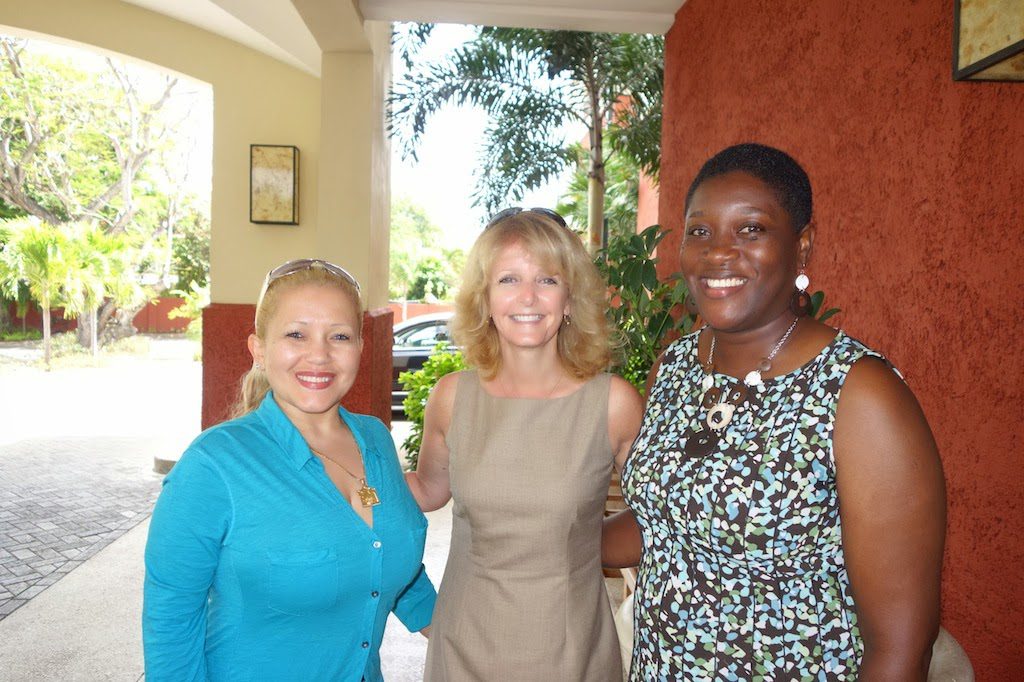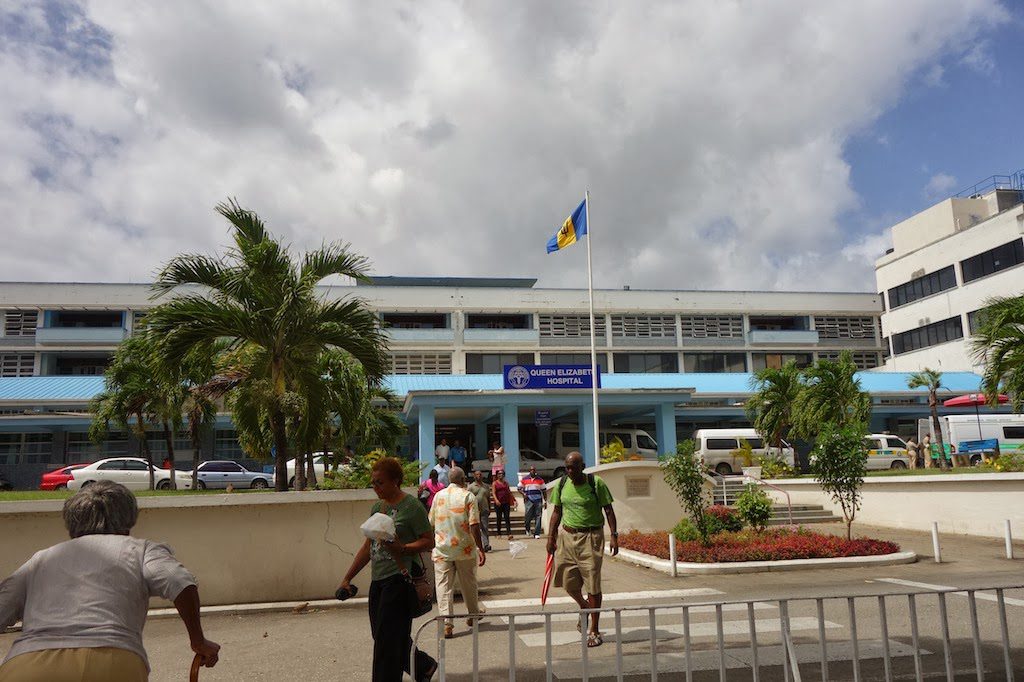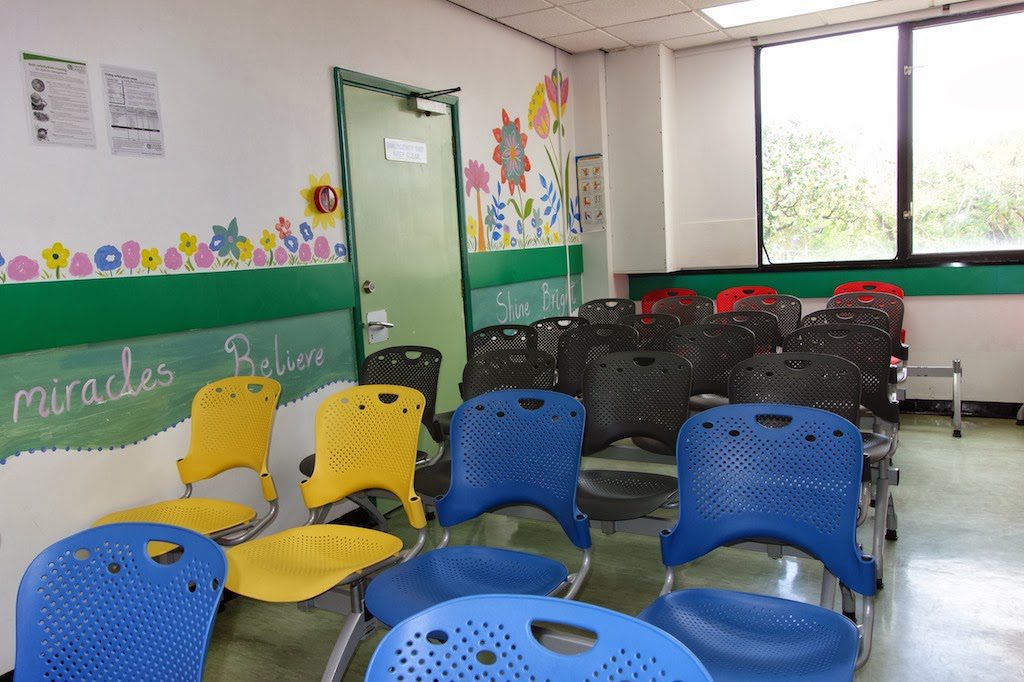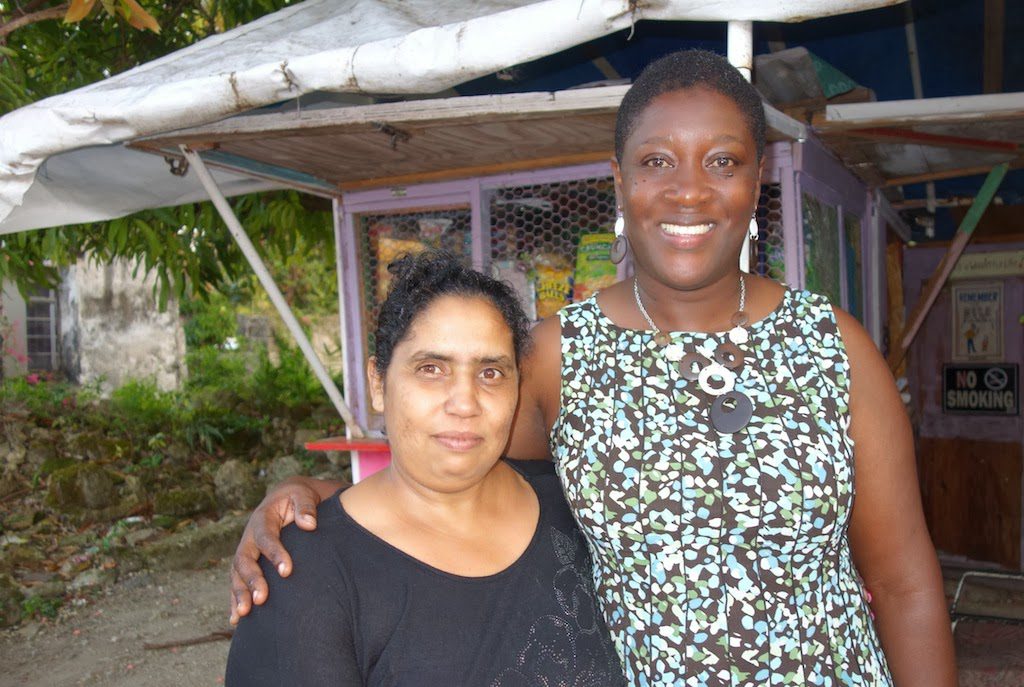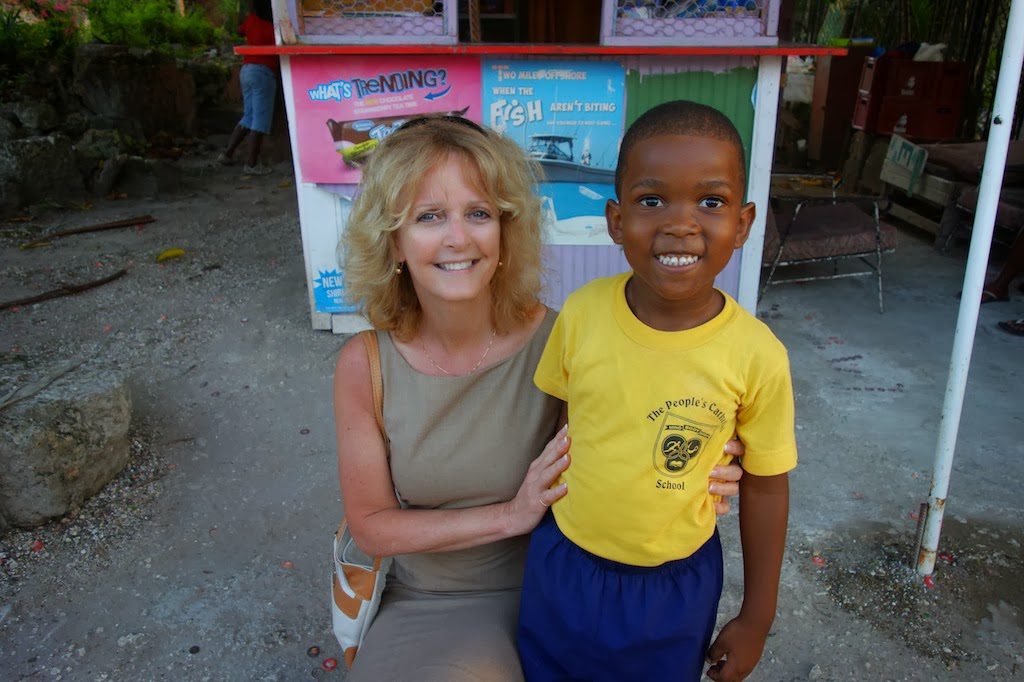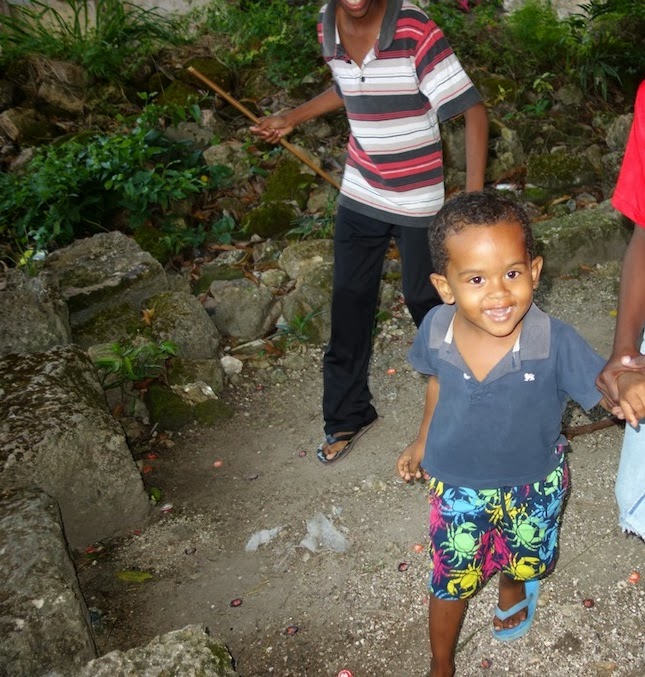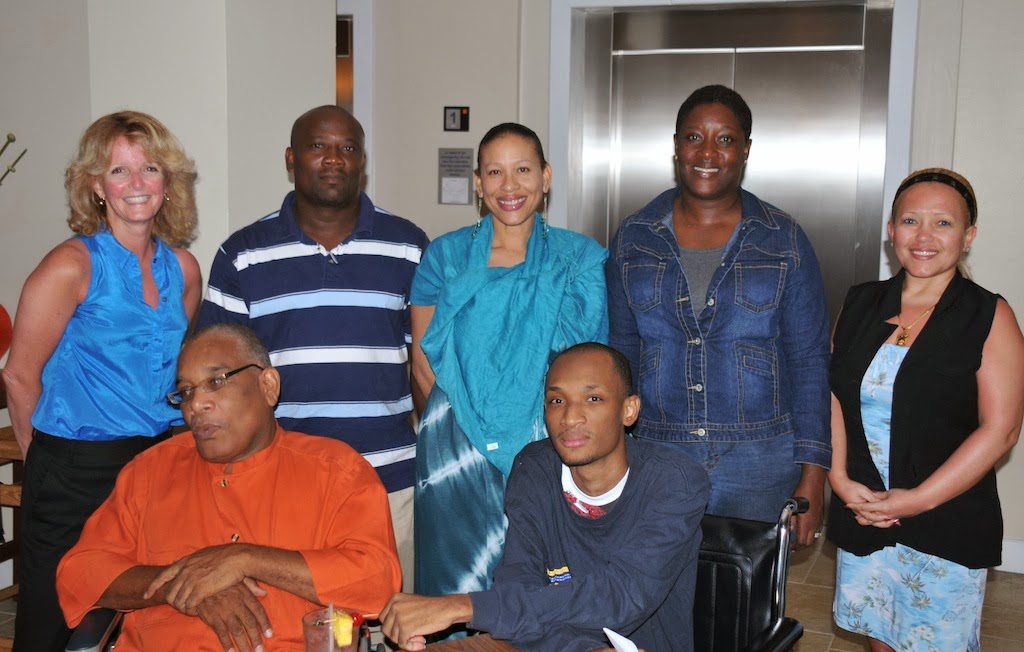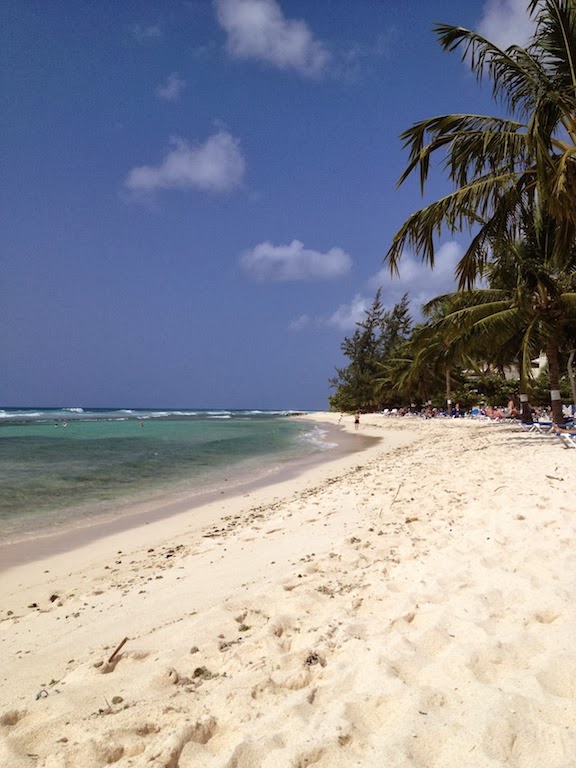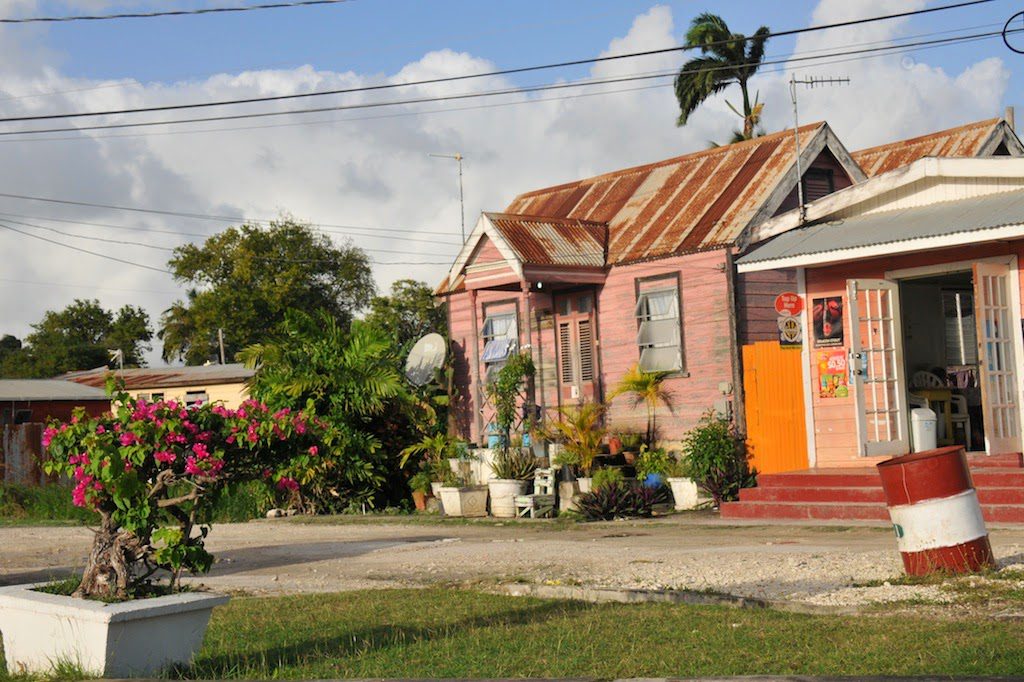Barbados… Holding
The bustling airport, the long lines, new hotels popping up… all speak to a brisk tourism that provides the tiny island nation of Barbados with a staggering 17.5% of its $4.8 billion GDP. But hemophilia remains a quiet part of this country of 281,000.
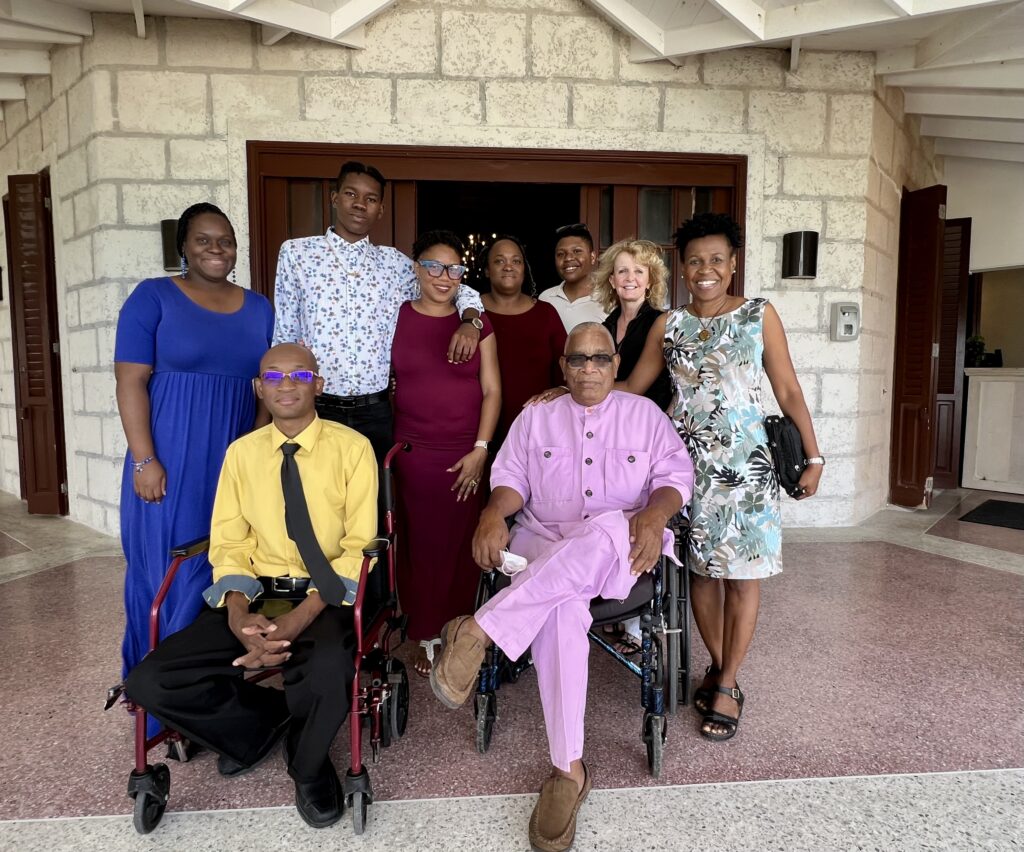
I last visited in 2014, when I had already made contact with Sofia, a young mother there in need of factor. I sent her some and in turn, with a bit of guidance, she was kind enough and motivated to start the Barbados Haemophilia Association, which continues this day. She has since left the island to raise her child in the United States, and Erica Worrell, another mother, took over as president.
It’s not easy. And like many businesses, nonprofits and lives in general, momentum was cut short by the pandemic. This was my first real country visit for hemophilia-related purposes, since the pandemic. I last saw Erica on the streets of Glasgow, Scotland in 2018, following the World Federation of Hemophilia Congress, as we were both window shopping. I looked forward to hearing how things were going; what were the factor needs; what were next steps?
After a lovely luncheon I hosted today for some of the families, I can see that hemophilia in Barbados seems in a holding pattern.
There is much potential. It’s a small island; only 33 patients known patients, with quite a few related. The government even buys some factor. They have a powerhouse of a nurse in Virginia, who knows everyone and knows hemophilia.
Unfortunately, the ERs do not. Despite the BHA’s best efforts, Jeffrey, a man with hemophilia B who I met the last visit, said, “I’m scared to go to the hospital.” Apparently the ER staff, as in many developing countries, do not place hemophilia as a priority (if they can’t see the bleed), and do not listen to the urgent requests of the patients or parents.
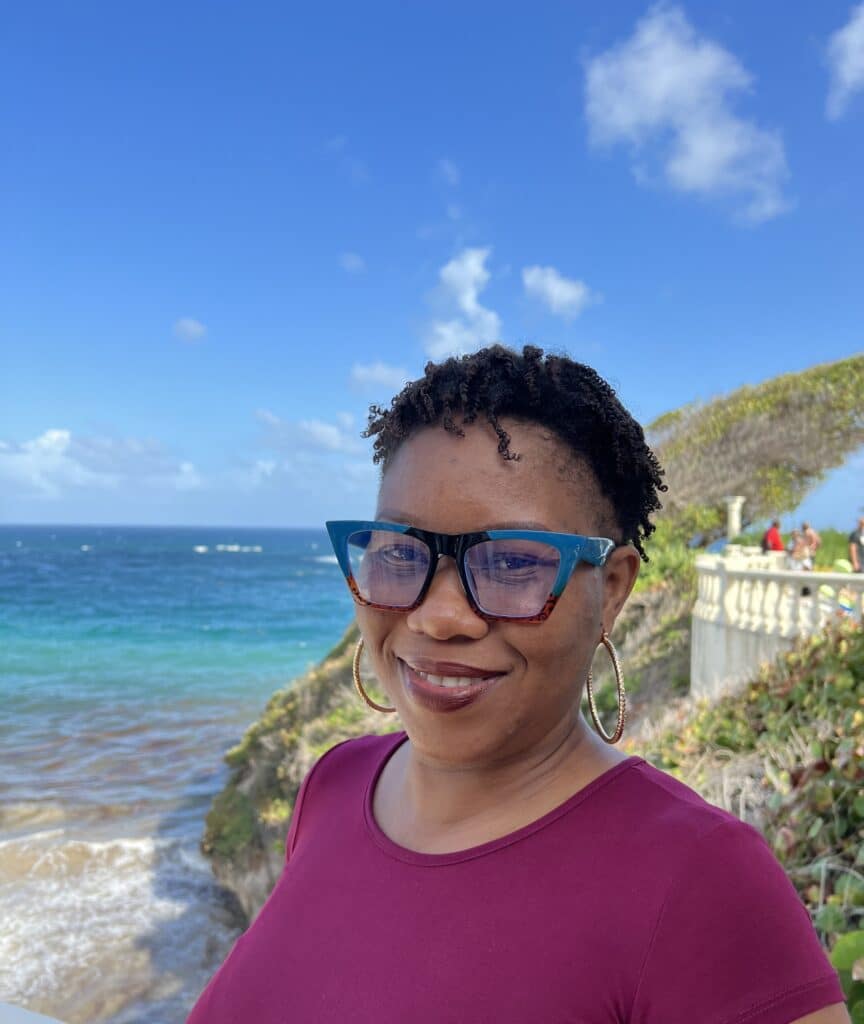
They also have problems with racial divides, believe it or not. There is a parish (like a county) called St. John’s, where descendants of the Scottish and Irish indentured servants or forced laborers who once landed here hundreds of years ago settled. They tent to keep to themselves. There are hemophilia patients there, but not much is known about them.
Access to factor is good, when it is available. What is provided by the government and by the WFH is typically not enough to meet needs. Though it certainly is much better since I visited in 2014! Erica and the BHA are well connected now to the WFH, which was one goal of forming the BHA.
Jeffrey was one of 11 children growing up in the 60s. One brother also has hemophilia. His nephew, Leemar, and I are good friends now on Facebook messenger, and he lets me know when he needs factor (FEIBA or NovoSeven). A great-nephew, Konnor, was also there, a rising star! He has big dreams to become a hematologist, and something tells me he is going to succeed.
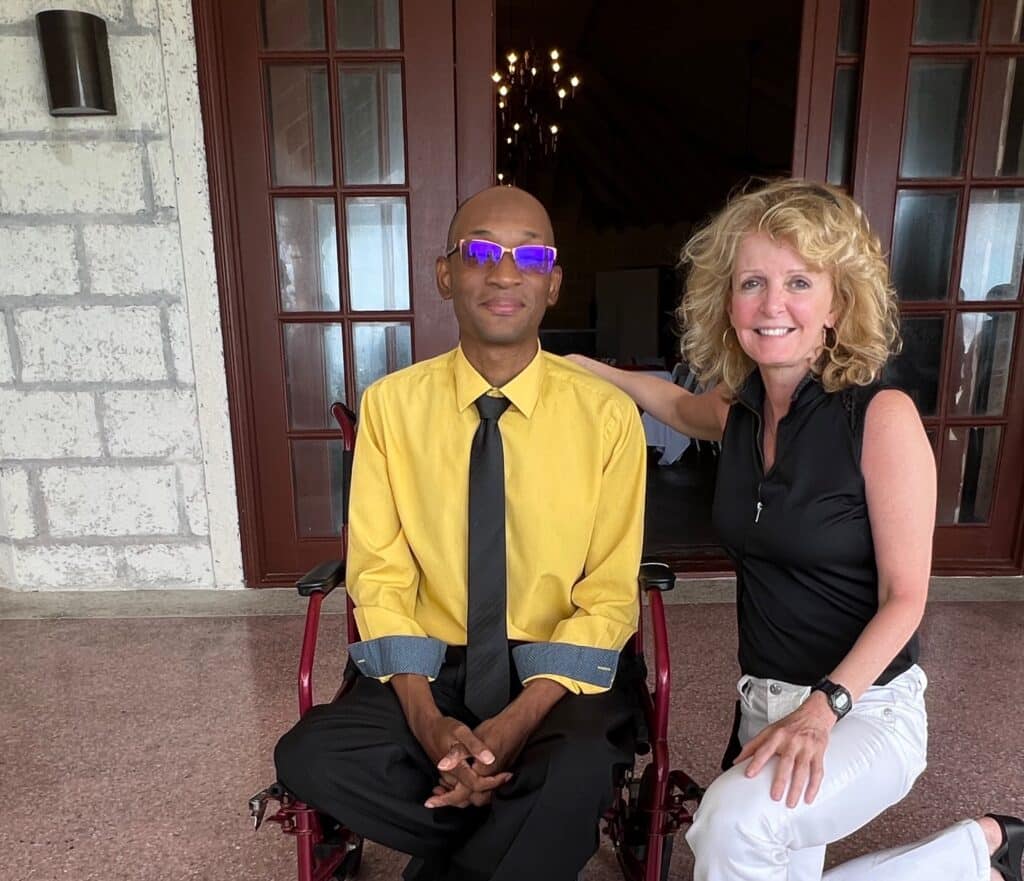
At least things are completely better than when Jeffrey was young. He tells me mischievously that as one of 11 children, “They couldn’t keep on eye on me so much!” He is famous as a teen for cliff diving… without factor! He describes the pain he endured as a “monster. You could feel it creeping up on you, thump, thump, as the knee got bigger and bigger.” The pain was excruciating, but Jeffrey tried to be stoic. Life was measured second by second then.
Thankfully now, because of the combined efforts of the BHA, WFH, and the dynamic nurse Virginia, a new generation has a chance. Barbados seems a bit paused, but it is starting to rise again, like the rest of the post-pandemic world. Erica already has a new idea for a comic-book style publication about the Jeffrey’s story, Leemar’s story… everyone’s. It’s a great idea, so long as they leave our Jeffrey’s cliff-diving escapades!
We parted as good friends, and they dispersed with the bundle of factor and medical supplies I brought. I’ll be back next year, with more factor, supplies and hoping to see activities and a new comic book!
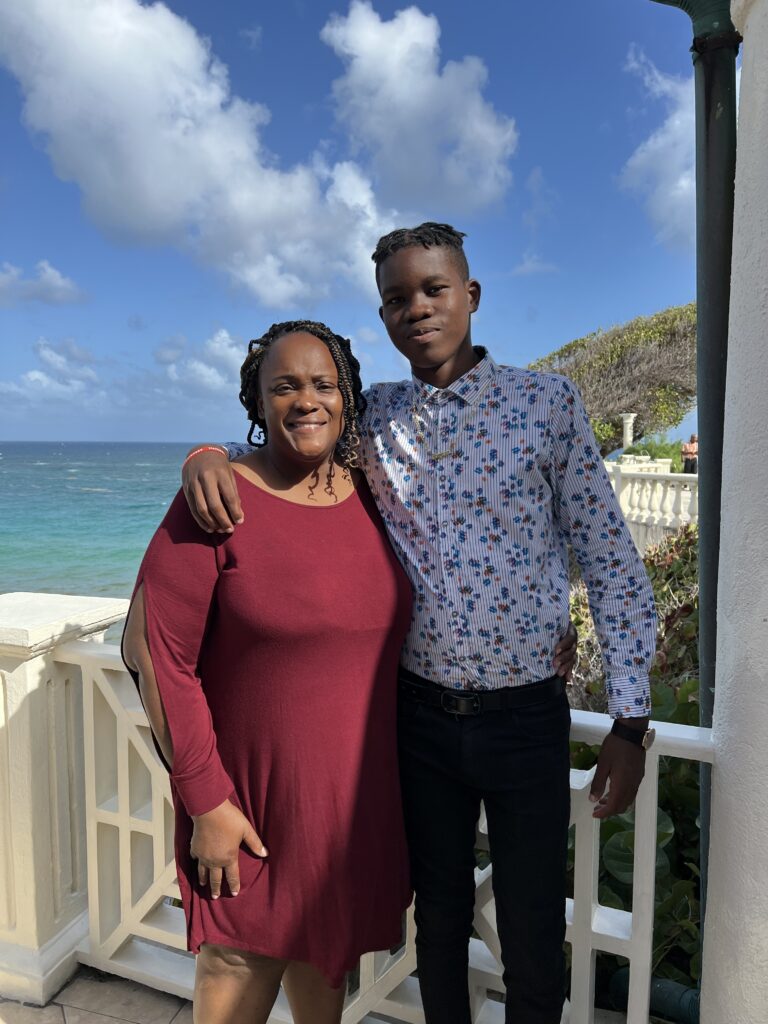
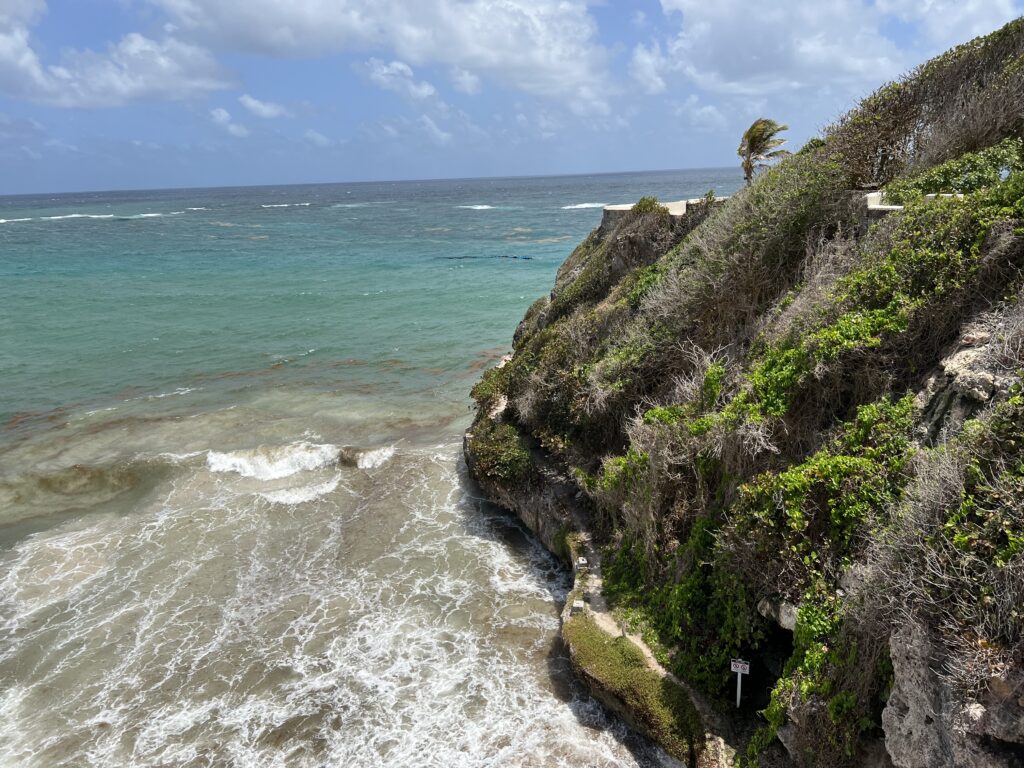
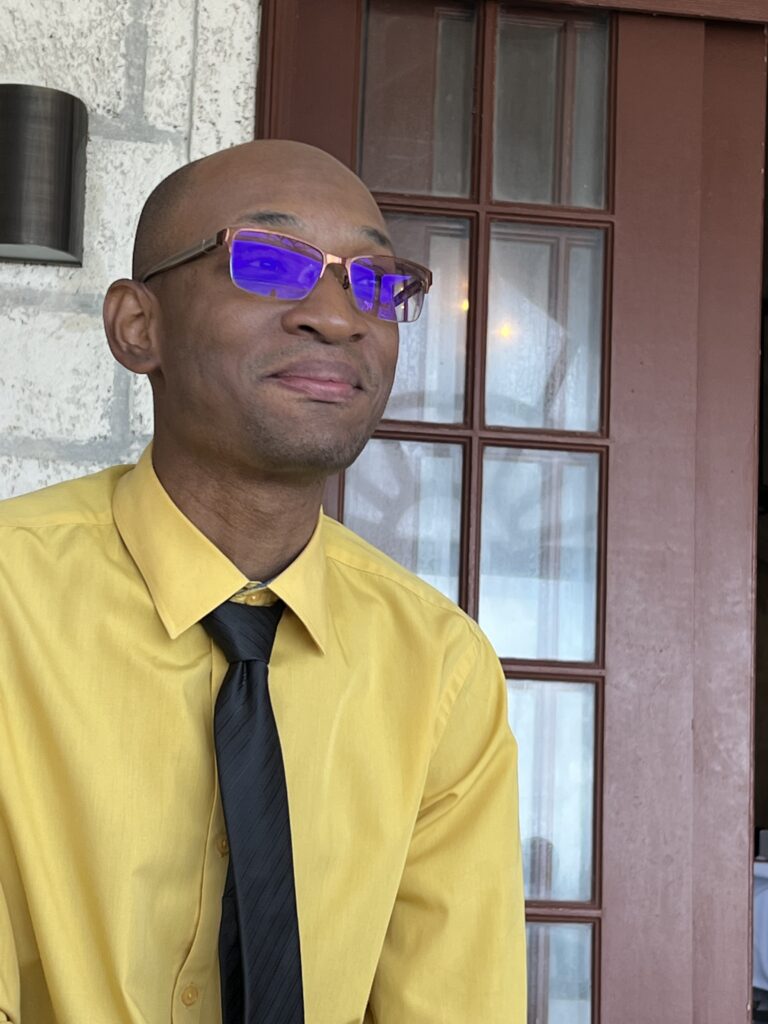
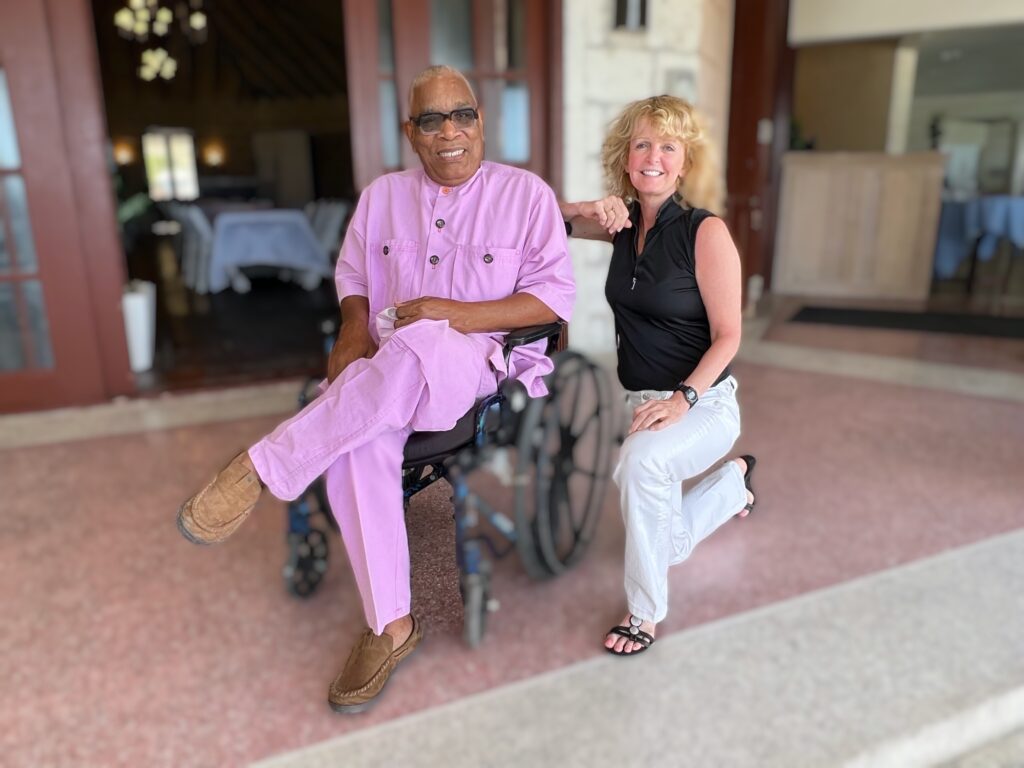

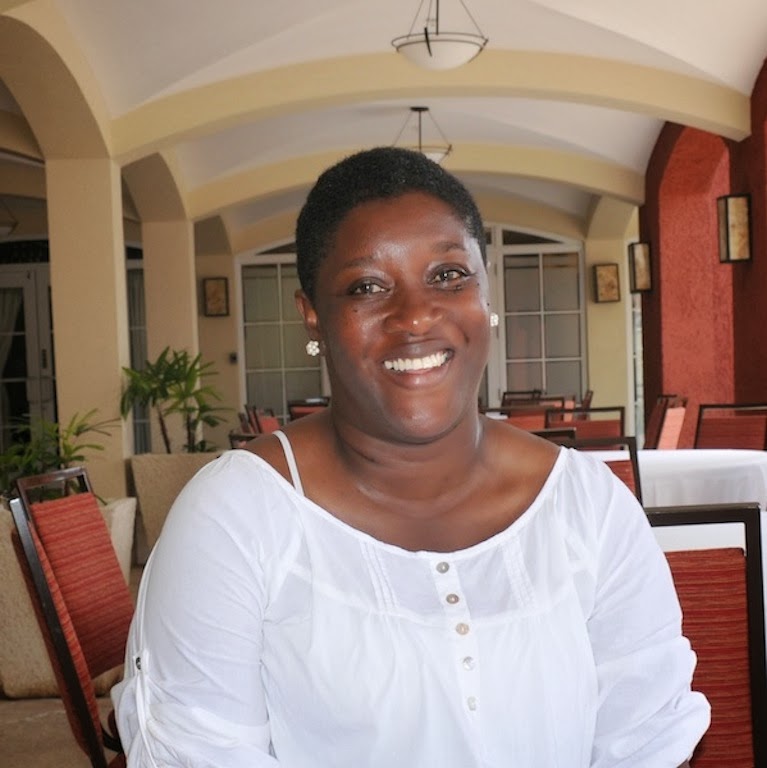
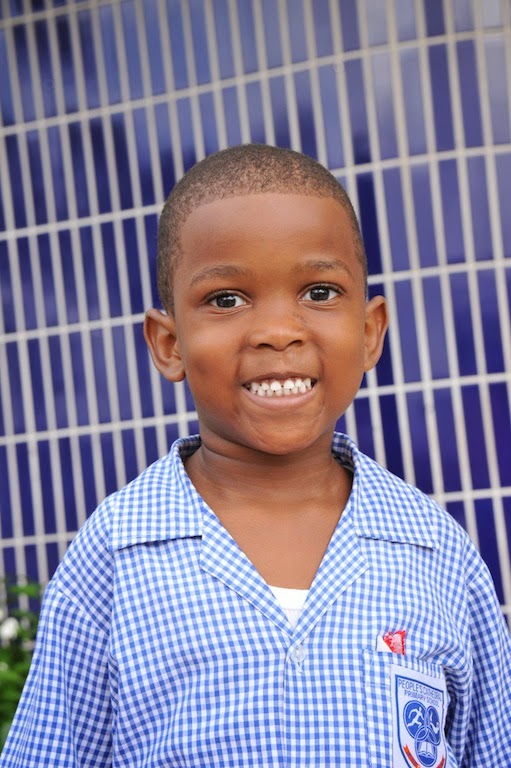
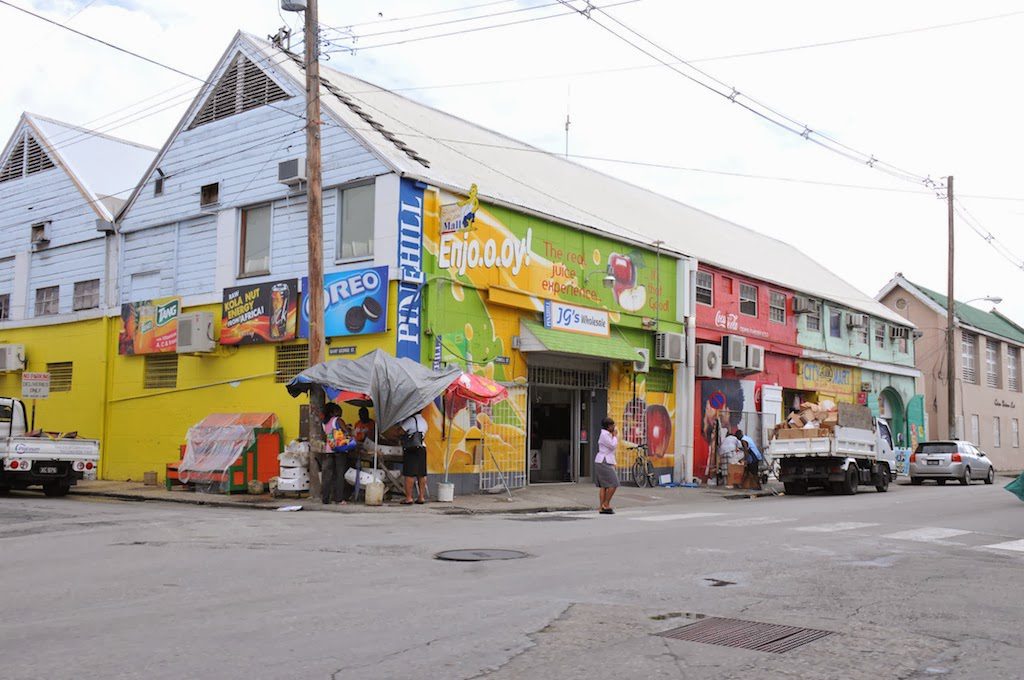 I
I